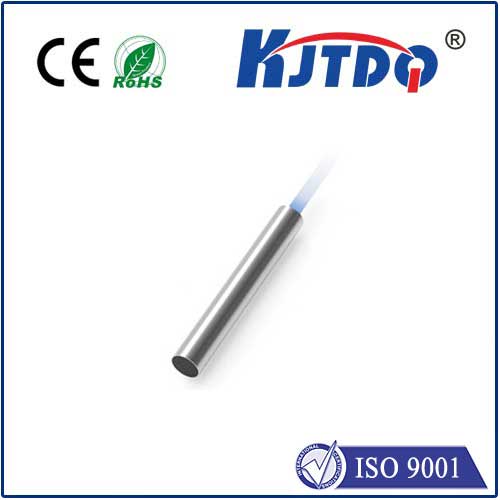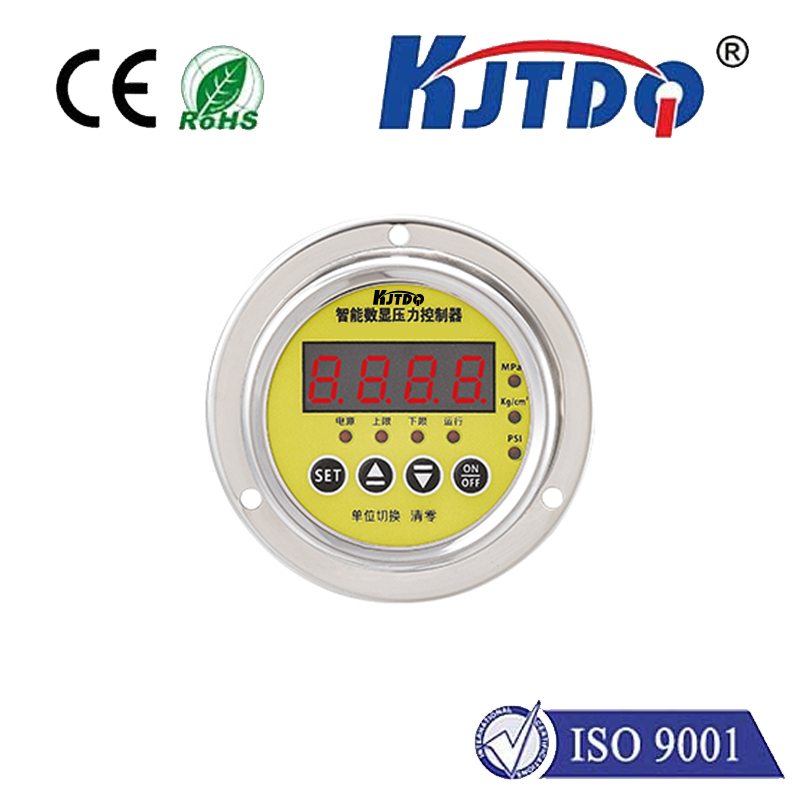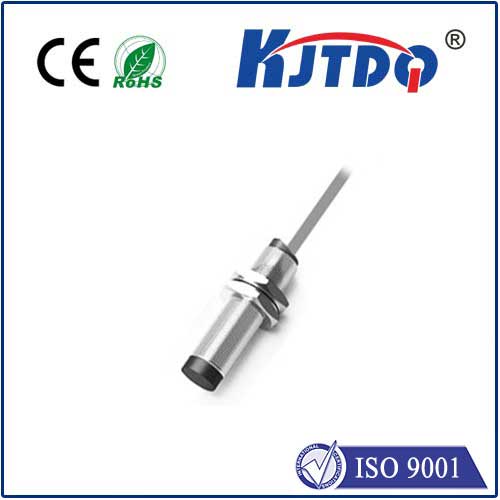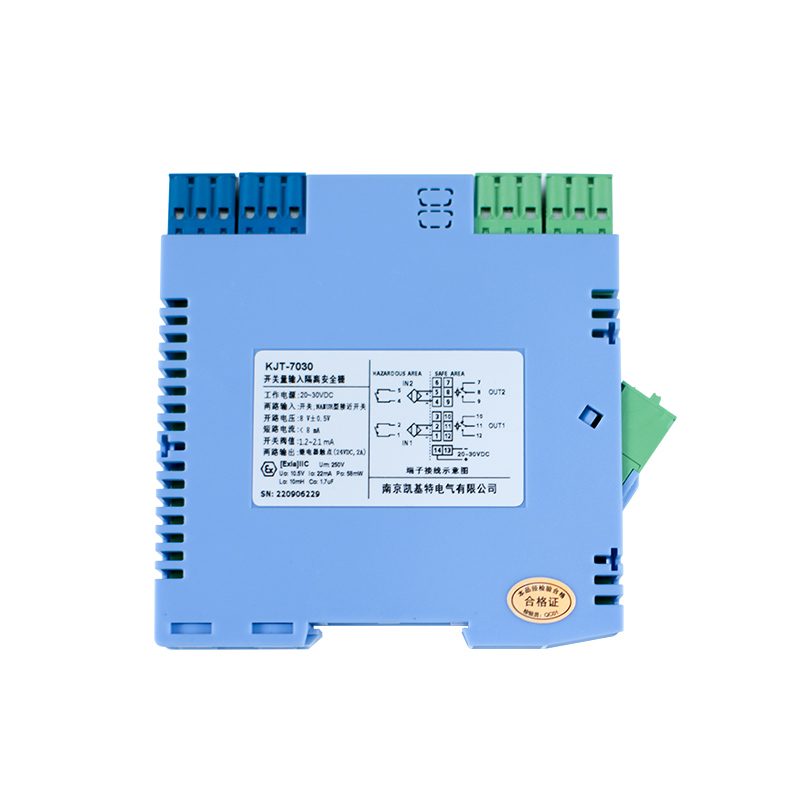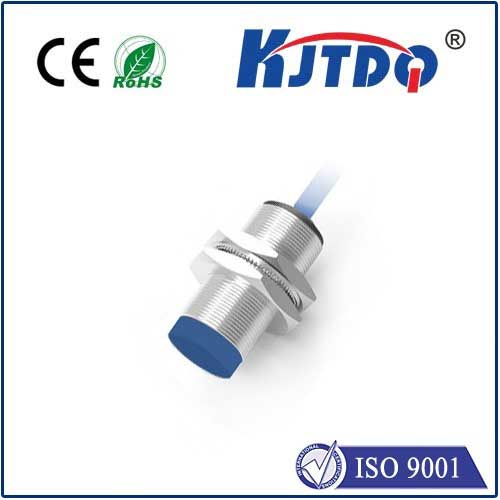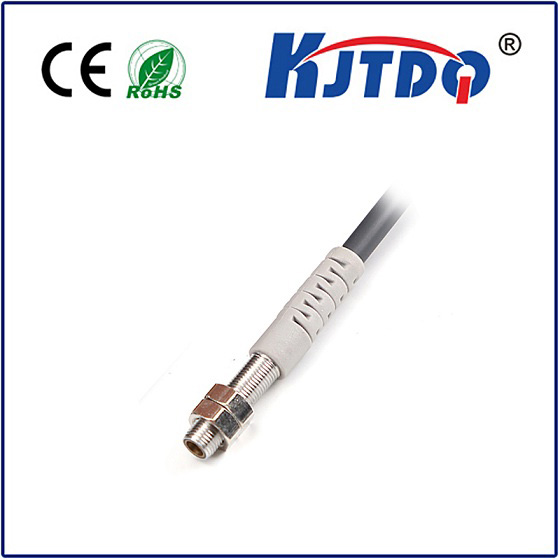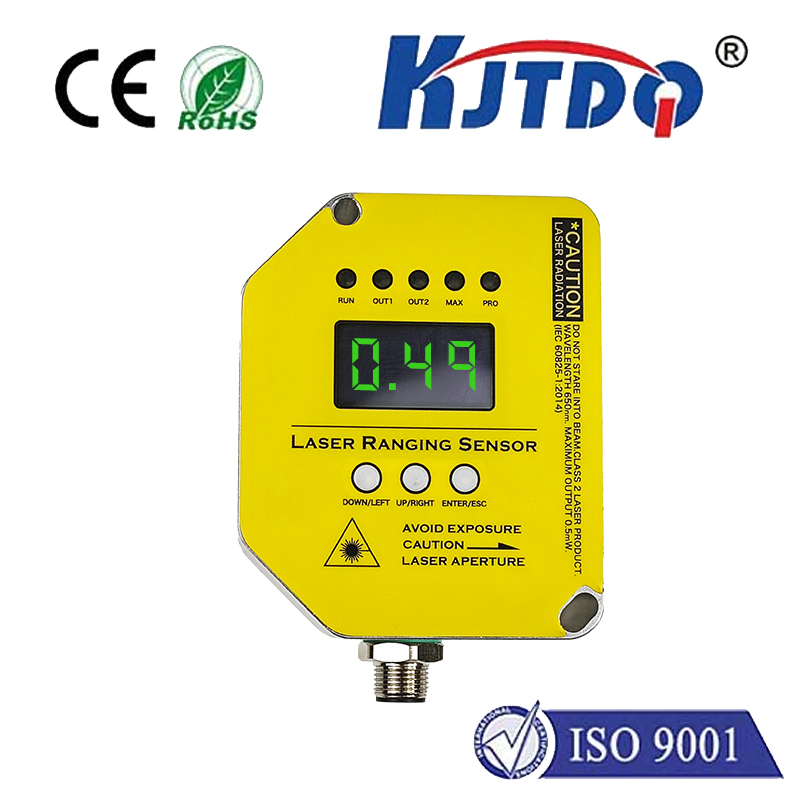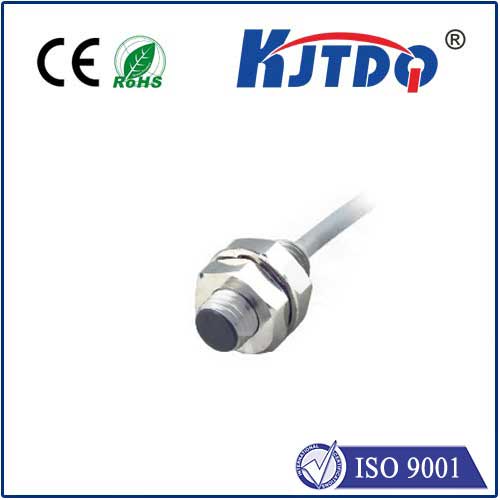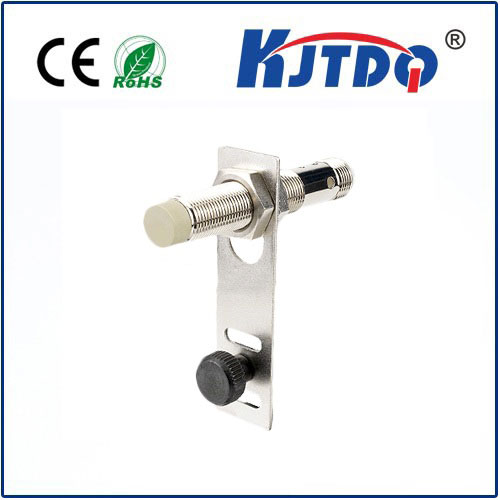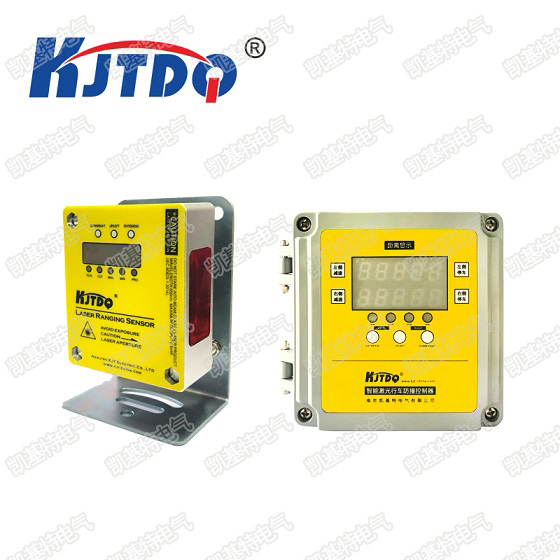
check

check

check

check
The Power of Photoelectric Sensors in Modern Technology
In today's fast-paced world, technology has become an integral part of our lives. From smartphones to smart homes, we are surrounded by devices that make our lives easier and more convenient. One of the crucial components that drive these devices is the photoelectric sensor, also known as a photoeye sensor. These sensors have revolutionized the way we interact with technology and have opened up new possibilities for innovation and creativity.
Photoelectric sensors work on the principle of converting light energy into electrical signals. They consist of a light source, typically an LED or laser, and a photodiode or phototransistor that detects the light. When the light beam is broken, the sensor sends out an electrical signal that can be used to trigger various actions, such as turning on a machine, opening a door, or alerting a security system. The simplicity and reliability of this mechanism make photoelectric sensors extremely versatile and widely applicable in numerous industries.

One area where photoelectric sensors have had a significant impact is industrial automation. In manufacturing plants, these sensors are used to monitor production lines, detect defects in products, and control machinery. They help improve efficiency, reduce waste, and ensure worker safety by automatically stopping machines when there is a potential hazard. Additionally, photoelectric sensors play a vital role in packaging and labeling systems, where they accurately detect product positioning and trigger the printing or application of labels.
Another field where photoelectric sensors shine is transportation. They are commonly found in traffic management systems, such as automatic door openers at subway stations and pedestrian crossings. By detecting the presence of vehicles or people, these sensors can activate warning alarms, change traffic lights, and even stop trains or elevators if necessary. Their use in airport baggage handling systems ensures that luggage is sorted correctly and efficiently without human intervention.
In the realm of consumer electronics, photoelectric sensors have enabled groundbreaking features like gesture controls in smartphones and game consoles. These sensors allow users to interact with their devices simply by moving their hands or fingers in front of the camera lens. This intuitive technology has made it easier for people of all ages and abilities to use complex devices without the need for physical buttons or switches.
Moreover, photoelectric sensors have found their way into home appliances, making them smarter and more efficient than ever before. Refrigerators equipped with these sensors can monitor the amount of light inside and adjust cooling temperatures accordingly, preserving food freshness while saving energy. Similarly, automatic soap dispensers and water faucets use photoelectric sensors to detect hands and dispense the right amount of soap or water, reducing waste and promoting hygiene.
Finally, photoelectric sensors have contributed significantly to improving accessibility for individuals with disabilities. For example, they are used in assistive technology devices like wheelchairs and walkers to detect obstacles and navigate around them safely. In public spaces like museums and libraries, these sensors enable automatic door opening mechanisms that provide easy access for everyone regardless of their physical abilities.
In conclusion, photoelectric sensors have become an essential component of modern technology due to their simplicity, reliability, and versatility. From industrial automation to consumer electronics and accessibility solutions, these sensors have transformed the way we live and work by making our interactions with technology more seamless and efficient. As we continue to push the boundaries of innovation, it is clear that photoelectric sensors will remain a critical element in shaping the future of technology.
